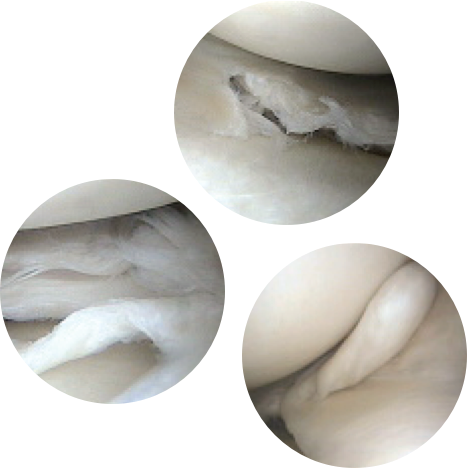
Meniscal Injuries
A meniscal injury usually occurs when the knee is twisted or over-flexed, or when it suffers a relatively strong direct impact. Another possible cause for a knee injury is degenerative arthritis (Osteoarthritis).
The diagnosis is made through clinical examination and an MRI scan, which allows the identification of the specific type of lesion.
The most common form of treatment is arthroscopy surgery with the segmental resection of the injured part of the meniscus (partial meniscectomy) or, whenever possible, with a suture repair of the tear.
The diagnosis is made through clinical examination and an MRI scan, which allows the identification of the specific type of lesion.
The most common form of treatment is arthroscopy surgery with the segmental resection of the injured part of the meniscus (partial meniscectomy) or, whenever possible, with a suture repair of the tear.

